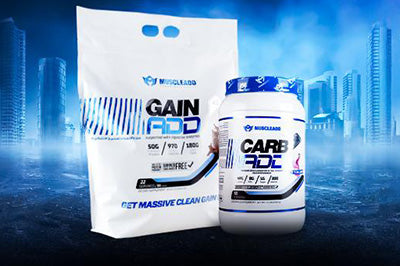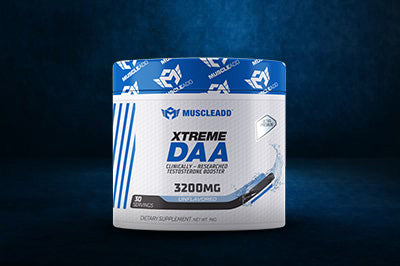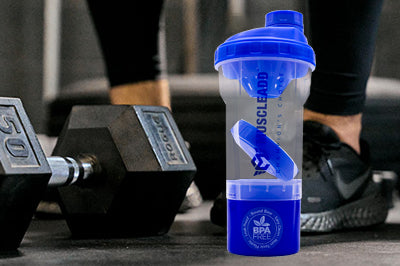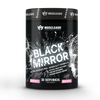The Difference Between Bulking & Cutting

Bulking and cutting are two popular terms used in the fitness community to describe two different phases of a muscle-building program.
Bulking: is a phase where the goal is to gain lean muscle mass and increase weight and size.
Cutting: is a phase where the goal is to lose body fat while preserving muscle mass.
Here are some key differences between the two:
-
Calorie Intake: During a bulking phase, you need to consume more calories than you burn to provide your body with the extra energy it needs to build muscle.
Conversely, during a cutting phase, you need to consume fewer calories than you burn to create a calorie deficit and lose body fat. -
Macronutrient Ratios: The macronutrient ratios you consume during a bulking phase will be different from those you consume during a cutting phase.
During a bulking phase, you will typically consume more carbohydrates and protein to fuel muscle growth.
During a cutting phase, you will typically consume fewer carbohydrates and more protein to help maintain muscle mass while burning body fat. - Training: During a bulking phase, you will typically focus on lifting heavier weights and doing fewer reps to build muscle mass. During a cutting phase, you will typically focus on doing more reps with lighter weights to maintain muscle mass while burning fat.
- Cardio: During a bulking phase, cardio is typically kept to a minimum to avoid burning excess calories. During a cutting phase, cardio is often increased to help burn more calories and lose body fat.
- Duration: Bulking and cutting phases can last anywhere from a few weeks to several months, depending on your goals and progress.
Remember that both bulking and cutting have their pros and cons, and what works best for you will depend on your individual goals, body type, and lifestyle. It's always a good idea to consult with a qualified fitness professional before starting any new workout or nutrition program.













